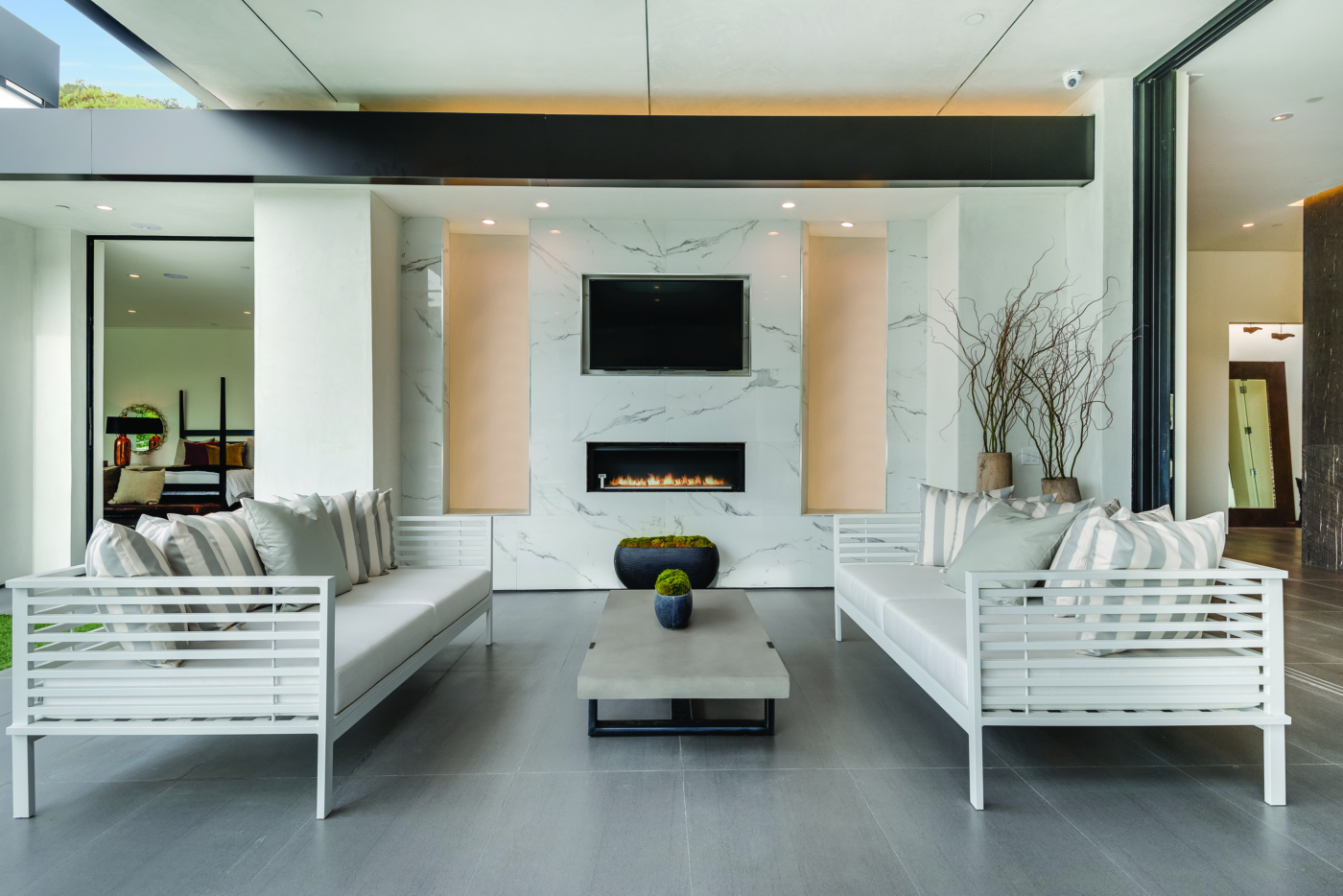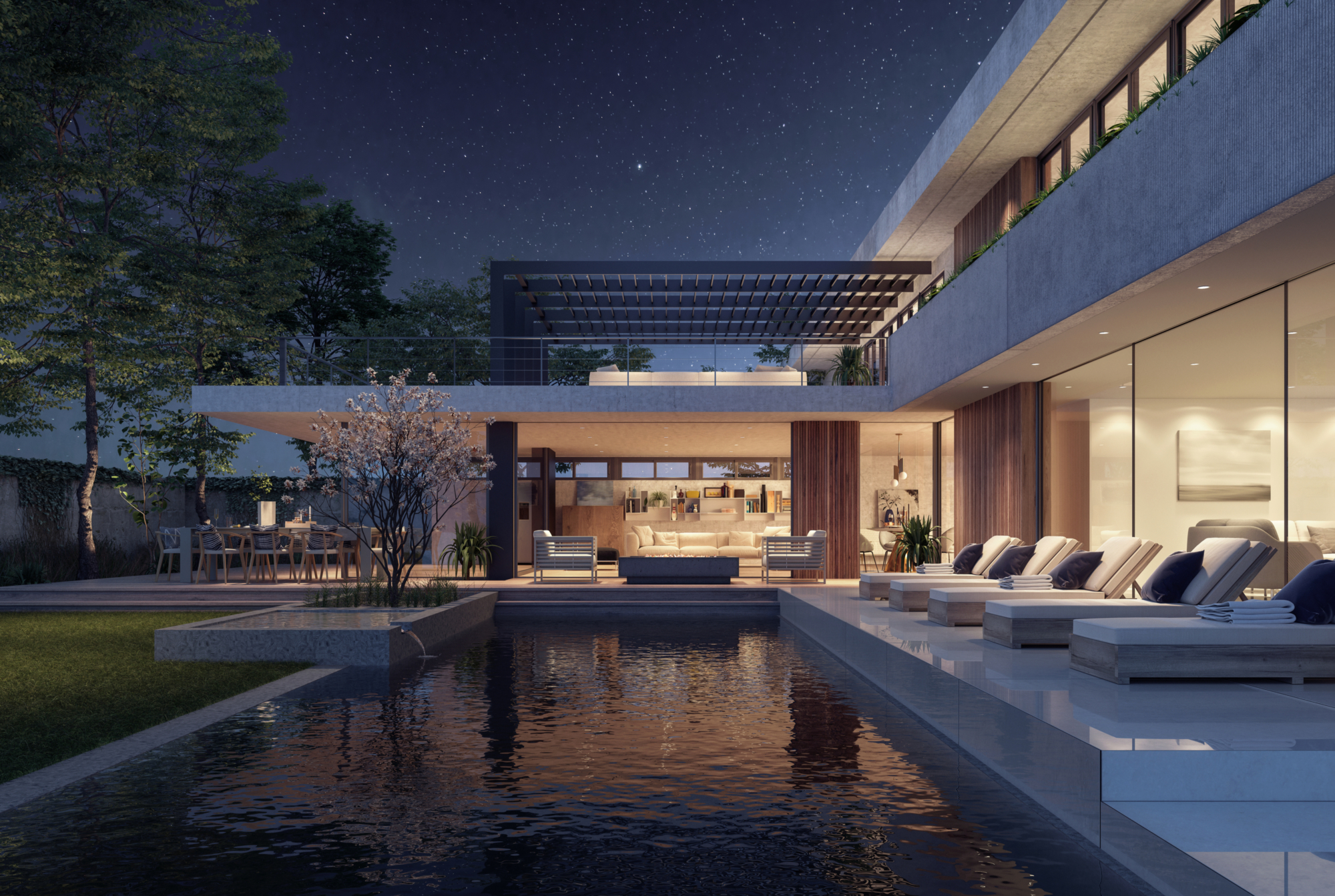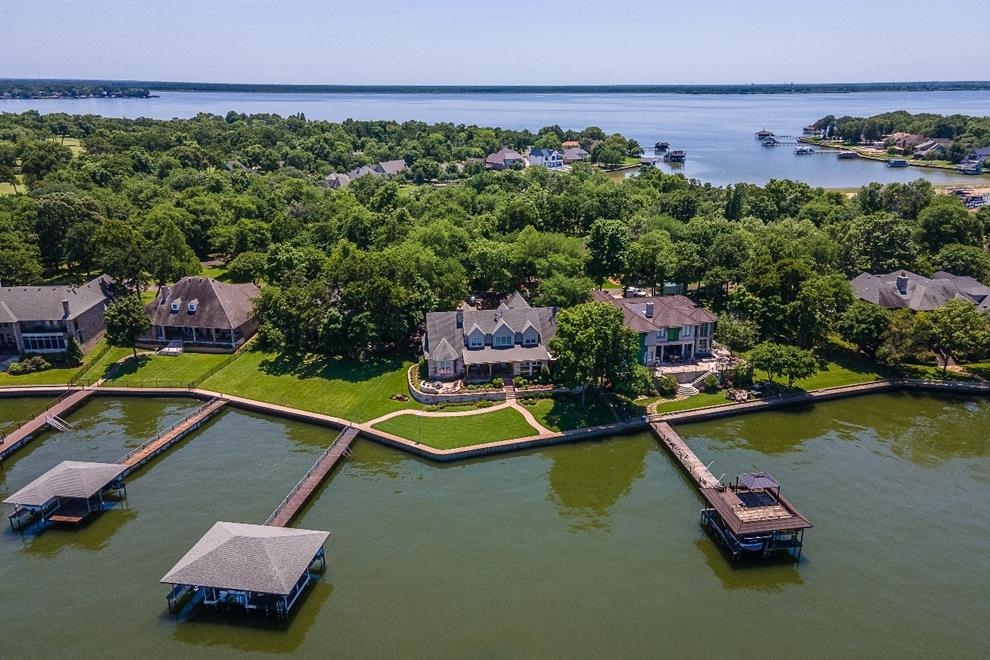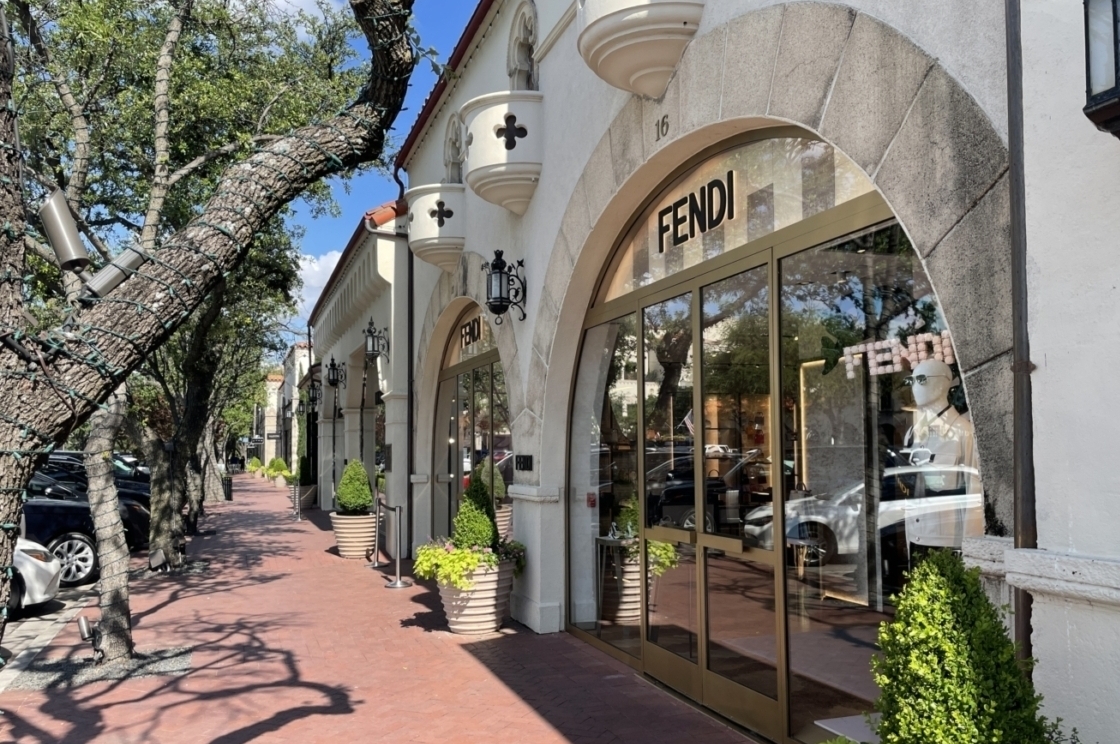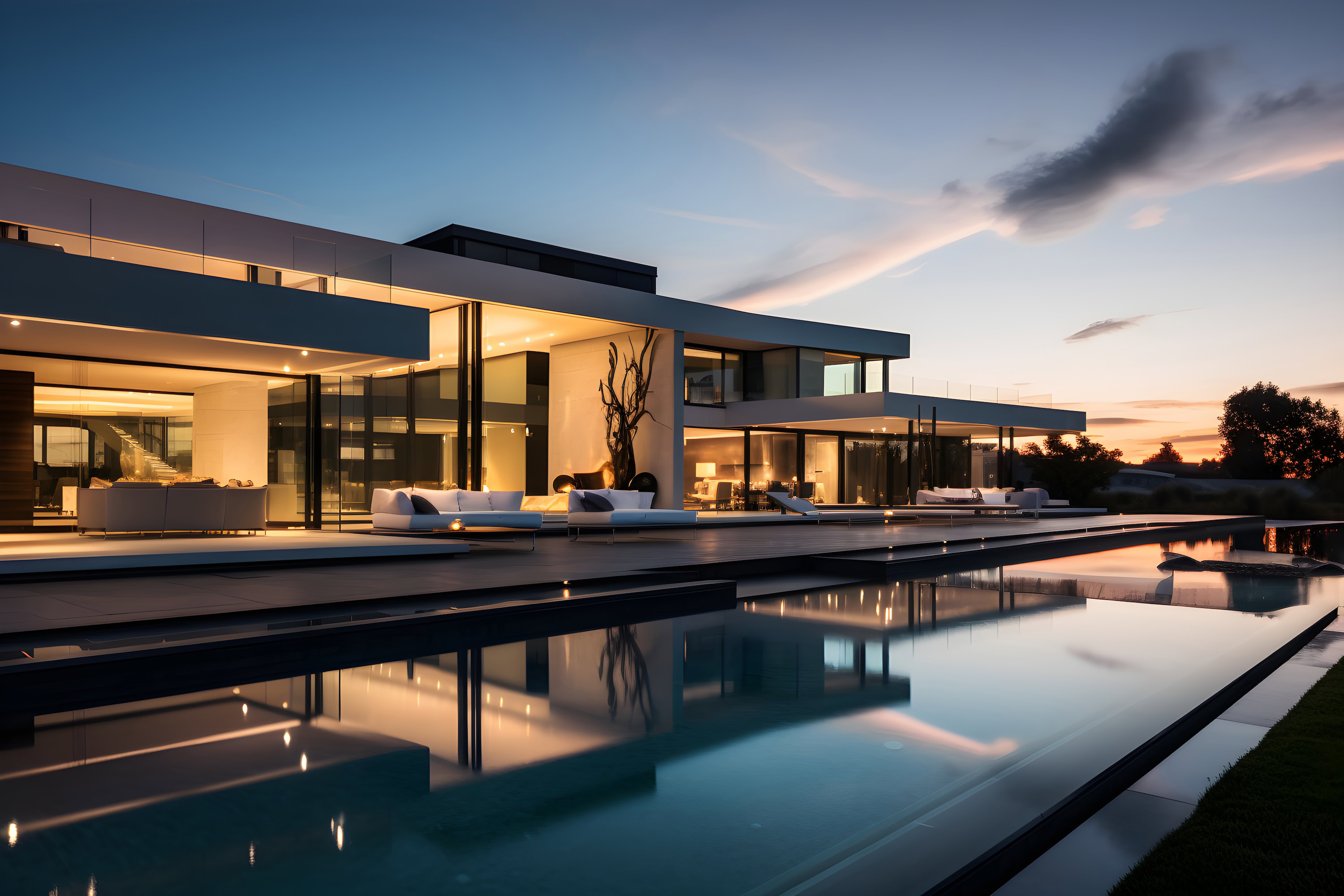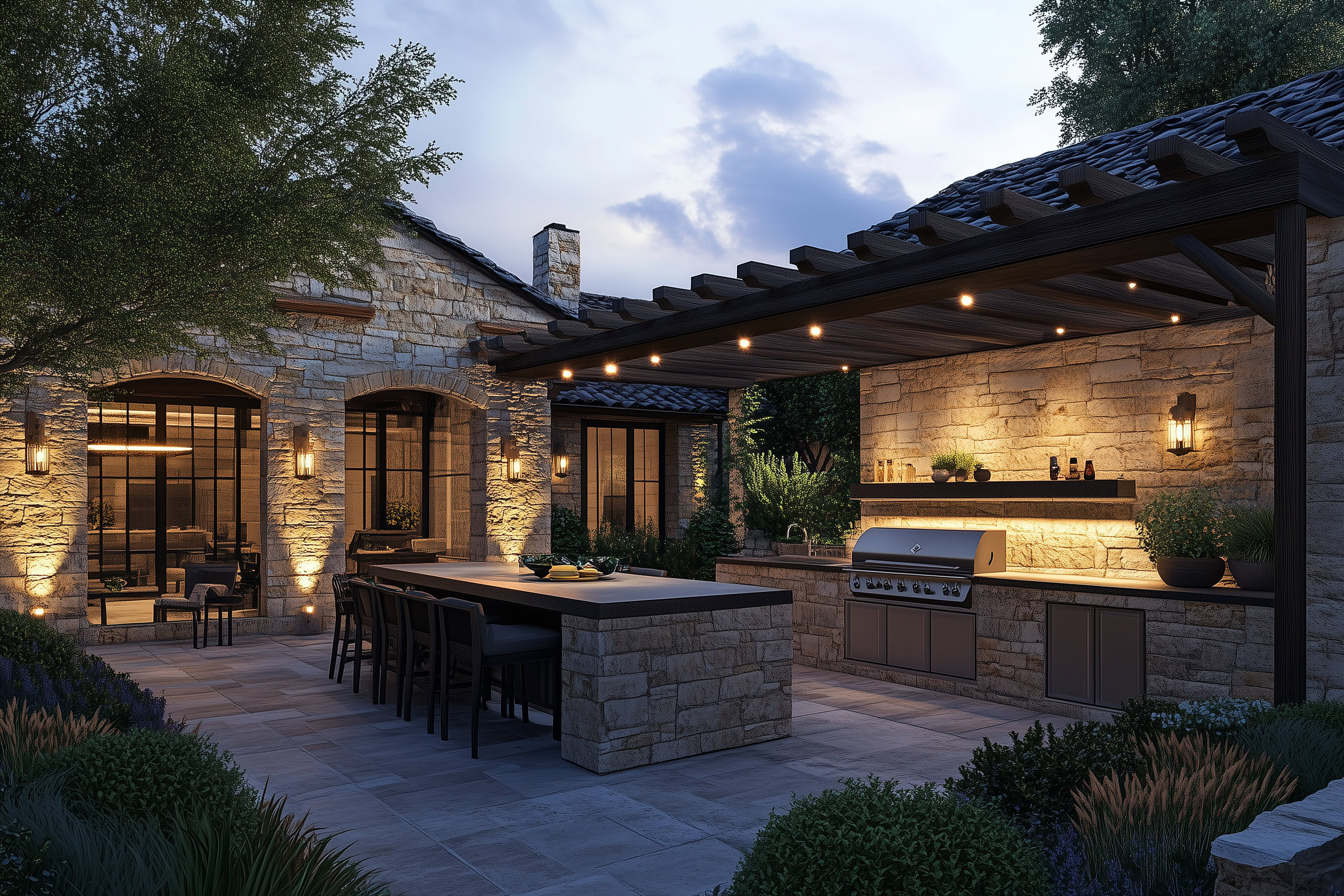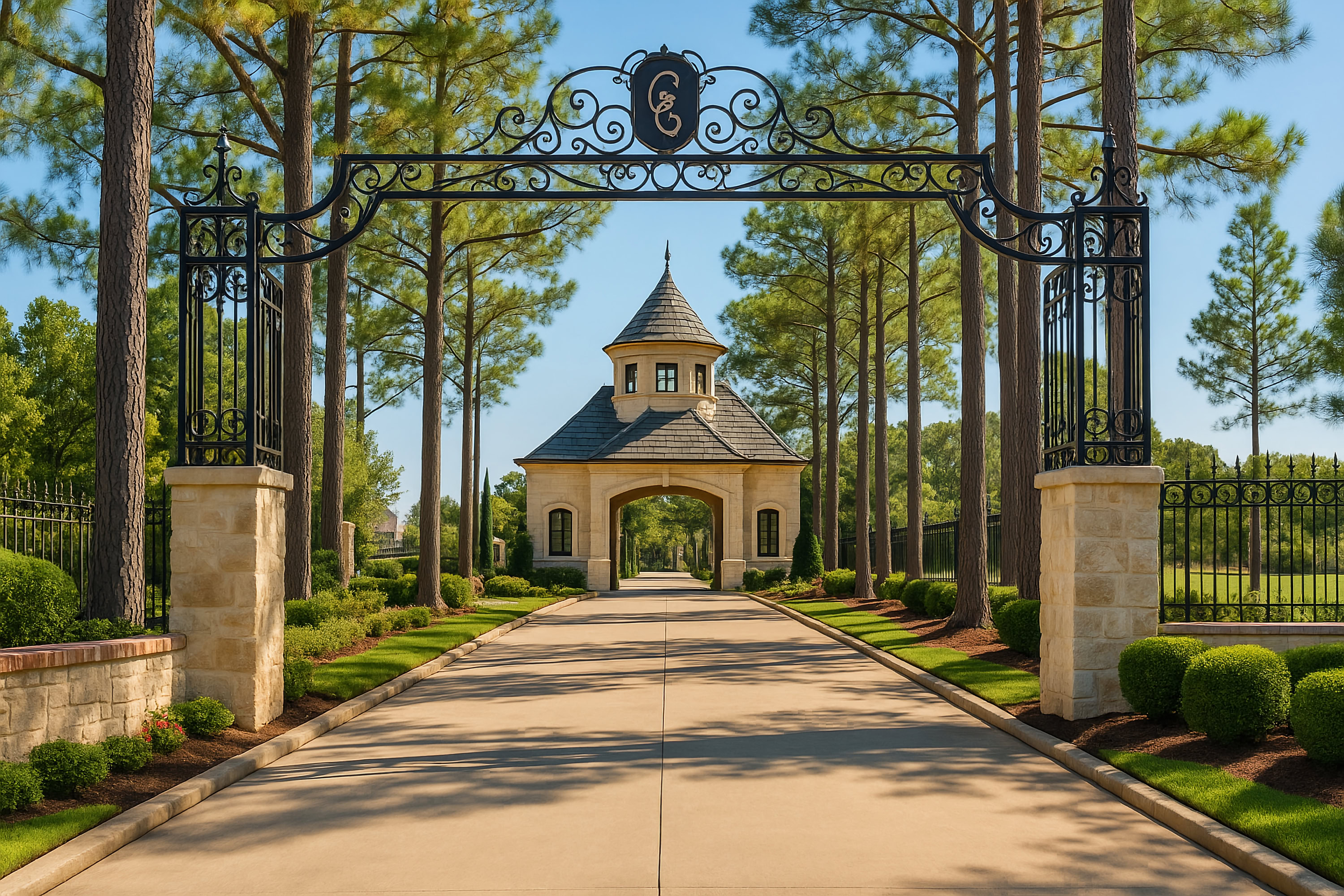Understanding the Important Elements of Quality Home Construction
In the Dallas luxury market, high-end finishes and impressive square footage are easy to find. But discerning buyers know that true quality lies beneath the surface—inside the walls, behind the trim, and under the foundation. Whether you’re purchasing a newly built custom home or evaluating a luxury resale, understanding how a home is constructed can be the difference between a wise investment and long-term regret.
Here are the key indicators that distinguish a well-built custom home from one that simply looks the part.
Foundation Design: Stability from the Ground Up
In North Texas, the soil moves—and so do poorly engineered foundations. Quality custom homes typically feature a post-tension slab or even better a pier-supported slab with detailed soil engineering to ensure long-term stability. The most thoughtful builders include steel piers and drainage planning up front, not as afterthoughts. Watch for signs of proper grading, French drains, and downspout extensions—these small details speak volumes about a builder’s priorities.
Structural Framing and Lumber Quality
Top-tier homes use higher-grade framing lumber, tighter framing intervals (16″ on center vs. 24″), and engineered wood products that provide stronger load support and minimize long-term movement. Attention to structural layout, roof bracing, and floor systems indicates that the builder didn’t just meet code—they exceeded it.
Drywall and Wall Systems
While most buyers don’t think much about drywall, professionals do. A Level 5 finish—the highest standard—is the norm in a properly built custom home. It creates a smooth, uniform surface, especially critical under natural light. Details like metal corner bead, sound insulation between walls, and reinforced backing for future fixtures are subtle but important indicators of build quality.
Trim, Cabinetry, and Millwork
You can often spot the difference between a true custom build and a spec home by looking at the trim. In higher-end construction, you’ll find:
- Solid-core doors throughout the home
- Flush baseboards with clean reveals
- Built-in cabinetry that looks more like furniture than boxes
- Crown molding, paneled walls, and detailed ceiling treatments installed with precision
If the cabinetry looks modular or the trim feels lightweight or inconsistent, you’re likely looking at cost savings, not craftsmanship.
Roofing Materials and Ventilation
Long-lasting custom homes use Class 4 impact-resistant shingles, standing seam metal, concrete tile or slate roofs—not basic architectural shingles. Underlayment quality, ventilation design, and flashing details all contribute to the longevity of a roof system. These elements are often invisible during showings, but an experienced agent or inspector will know what to look for.
Windows and Exterior Envelope
Well-constructed homes feature high-performance windows such as aluminum-clad wood, fiberglass, or steel with low-E coatings and insulated glass. Proper flashing around windows and doors protects the home’s envelope from long-term moisture intrusion. Cheaper window types or inconsistent installation can be red flags, especially in a luxury price point.
Plumbing and Mechanical Systems
A well-built custom home typically includes:
- Copper supply lines or properly installed PEX with a manifold system
- Tankless water heaters, often with recirculation pumps
- Whole-house filtration or water softening systems
Buyers should look for clean, organized plumbing setups in the mechanical room—not haphazard installations that indicate a lack of attention.
Electrical and Technology Infrastructure
Luxury buyers today want smart home features, but more importantly, they want infrastructure that supports them. That includes:
- Oversized electrical panels and structured wiring
- Dedicated circuits for high-draw appliances
- Conduit for future upgrades (e.g., EV charging, battery backup)
- Pre-wiring for audio, security, automation—even if the equipment hasn’t been installed yet
For more on smart infrastructure, visit our post on Luxury Home Automation in Dallas.
Master Builders vs. Spec Developers: A Crucial Distinction
Not all “custom” homes are created by experienced homebuilders. Some are developed by investors who hire general contractors to produce high-end-looking homes on a budget. These builds may include attractive finishes but often lack the long-term durability and thoughtful engineering of a true custom home built by a master builder.
Look for signs of a master builder:
- Consistent project portfolio with homeowner referrals
- Long-term subcontractor relationships
- Involvement in material selection and on-site oversight
- Transparent communication about what’s behind the walls—not just what’s on them
You can find examples of respected firms on our Top Rated Dallas Area Custom Luxury Home Builders post.
What to Look for in a Well-Built Luxury Home:
- Post-tension or pier-supported foundation
- Engineered framing & tight construction
- Level 5 drywall finish
- Solid-core doors, custom cabinetry
- Class 4 roofing materials
- High-end windows with proper flashing
- Zoned HVAC and tankless water heater
- Smart home-ready wiring infrastructure
Frequently Asked Questions:
Final Thoughts
Luxury real estate in Dallas isn’t just about square footage and staging—it’s about quality construction that stands the test of time. If you’re evaluating a high-end home, it pays to go beyond the surface and understand what you’re really buying.
Want help identifying homes that are truly well-built?
I help Dallas buyers evaluate construction quality – what’s behind the walls, not jus what’s on them. Let’s make sure you’re investing in a home that lasts.
Contact Susan Georgeson to discuss the difference between high-end finishes and high-quality construction.
Explore Luxury New Construction in Dallas
Browse the latest luxury new construction homes available across the Dallas area. These properties showcase the region’s leading custom builders and reflect the highest standards in foundation design, craftsmanship, and energy efficiency. Whether you’re considering a move-in ready home or planning a custom build, this search highlights the newest listings that meet the expectations of today’s discerning buyers.
Susan Georgeson also has access to off-market and Compass Private Exclusive properties that are not shown on public sites.
Work With Susan Georgeson – Dallas Luxury Real Estate
Building or buying a luxury home in Dallas requires more than market knowledge. It takes insight into construction quality, soil conditions, and the builders who consistently deliver lasting value. Susan Georgeson combines this expertise with Compass resources to help clients make confident, informed decisions about new construction and luxury real estate across North Texas.
Contact Susan Georgeson to schedule a consultation or request access to Compass Private Exclusive listings.



